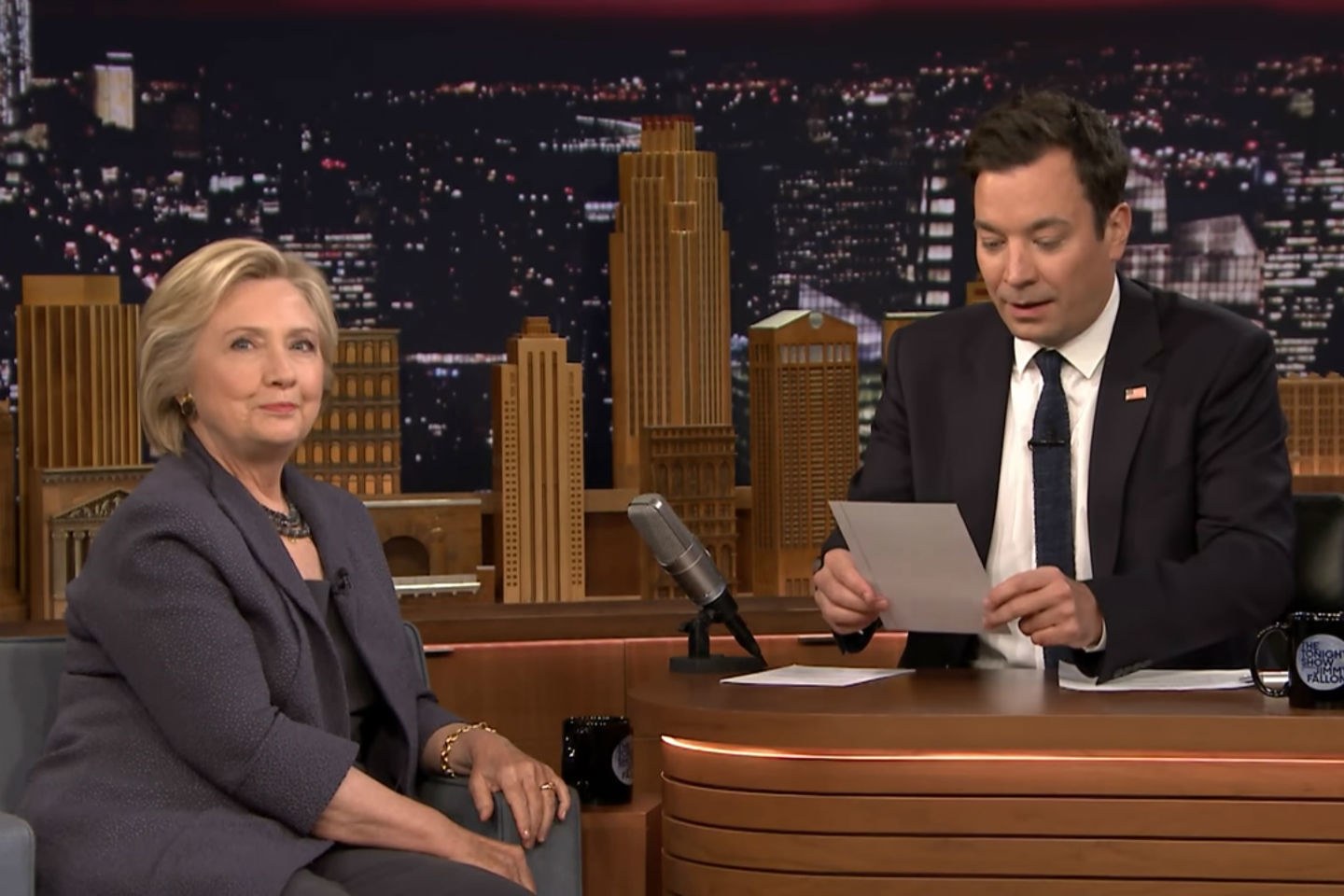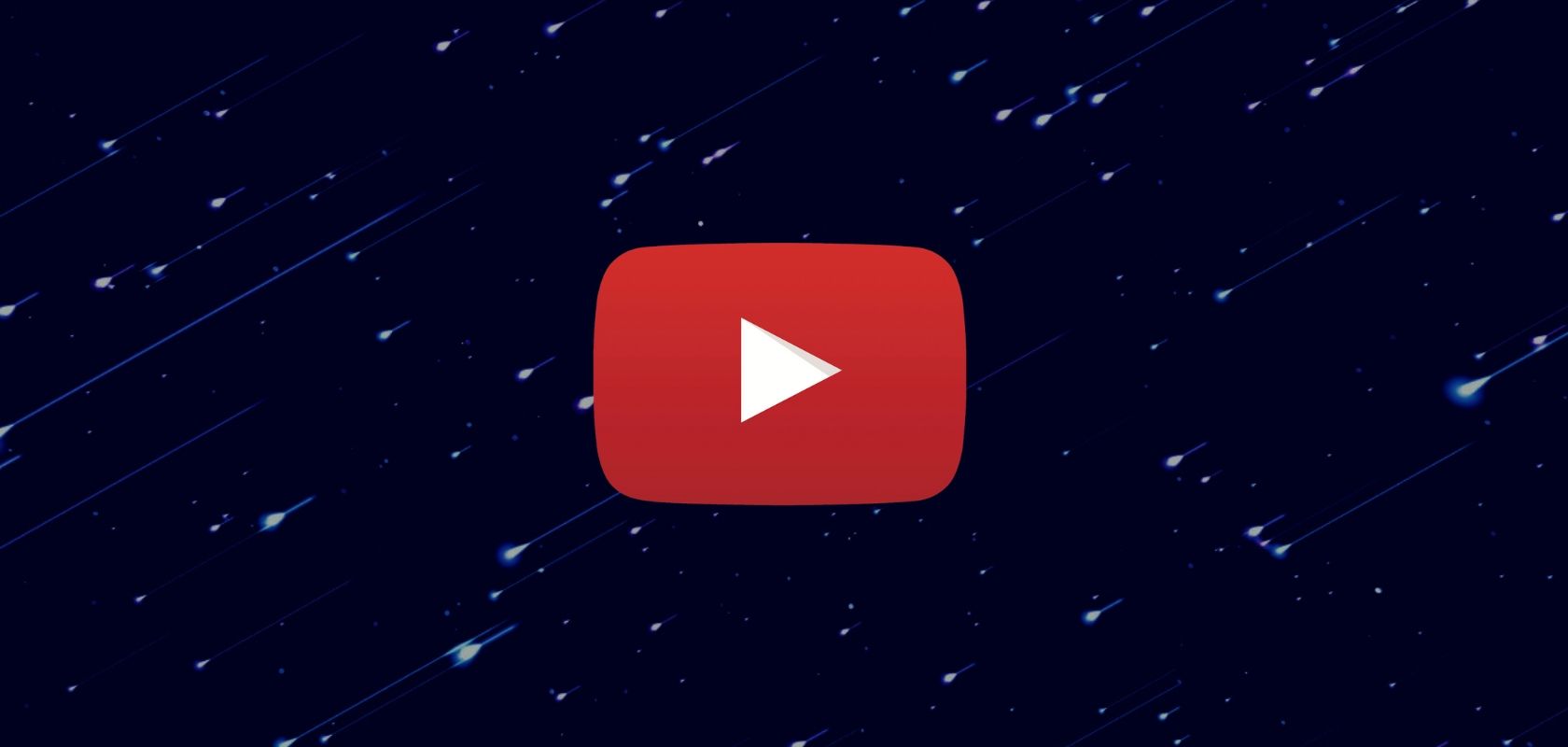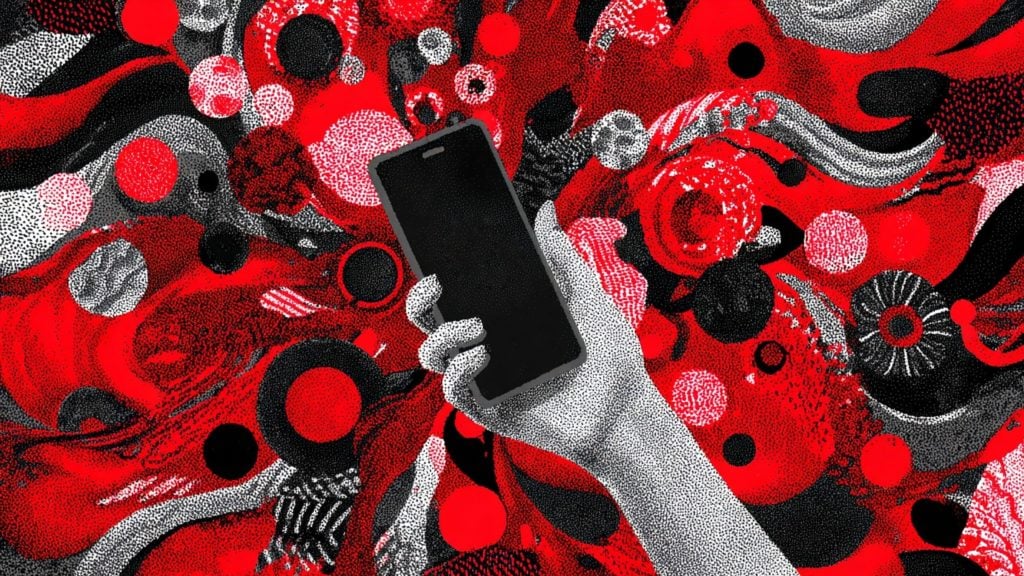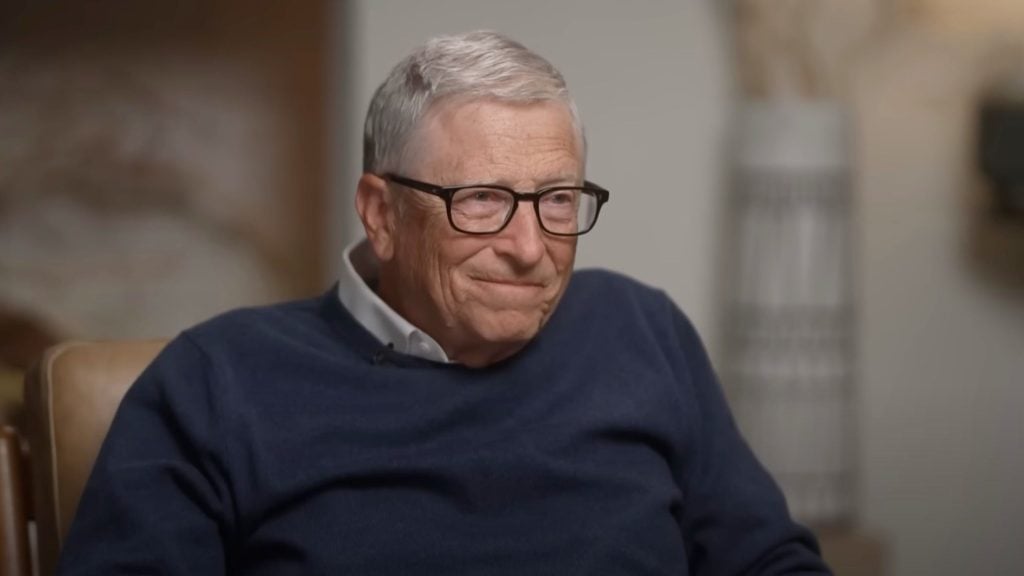A YouTube analyst recently revealed more data underlining the Google-owned video-sharing platform’s decision to push “authoritative voices” over “borderline content.”
Last year, YouTube announced its decision to “preserve an open platform” by preferring legacy media outlets over borderline content.
Mark Ledwich, a coder and researcher from Australia recently tweeted the image of two graphs containing the “Recommendation Impression Advantage” and the “% of views” for highlighting the recommendation advantage enjoyed by TV outlets over other creator channels.
Click here to display content from X.
Learn more in X’s privacy policy.
“Creators, YouTube is not that into you,” tweeted Ledwich, while attaching the image. Based on a quick overview, it becomes apparent that the content published on channels that are broadcast on legacy TV outlets first, before they’re uploaded to YouTube, tend to get recommended more, and thereby receive better impressions and views when compared to other channels on the platform.
It is to be noted that the statistics under discussion are purely applicable to the realm of political as well as cultural commentary channels, and Ledwich is considering researching how other markets and topics are affected.

Back in 2019, in a blog post titled “Preserving openness through responsibility“, YouTube CEO Susan Wojcicki wrote that YouTube was steadily gearing up towards promoting authoritative content when it comes to breaking news and information. While YouTube’s measures to preserve openness are lofty, the approach is, however, ironic as the company simply turning towards legacy media and away from independent creators. YouTube appears to actively be suppressing the very creators who helped make the platform what it is.
Furthermore, Wojcicki also made it clear that YouTube was going to keep borderline content (the kind of content which is on the brink of breaking rules, but doesn’t) on a tight leash. “We REDUCE the spread of content that brushes right up against our policy line,” wrote the YouTube CEO.
What’s more, Neal Mohan, the chief product officer of YouTube recently revealed that the company might be applying positive discrimination to media outlets such as CNNA, BBC, or the AP.
While YouTube’s decision to side with “authoritative voices” didn’t sit well with independent creators, there is however a mixed reception among the common internet users. Legacy media outlets are often in favor of YouTube’s decision, whereas others are simply resorting to their subscription feed as much as possible to avoid the recommendations.
Click here to display content from X.
Learn more in X’s privacy policy.
“I’m so tired of big players continuing to attempt to dominate the conversation and exert control over literally everybody. The internet was so promising 15 years ago too,” wrote a user.
MORE: YouTube’s top subscribers used to be mostly independent creators, now it’s full of brands












